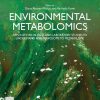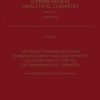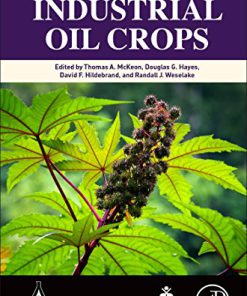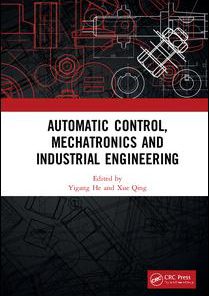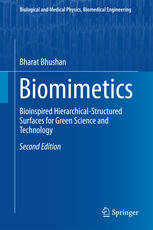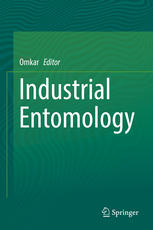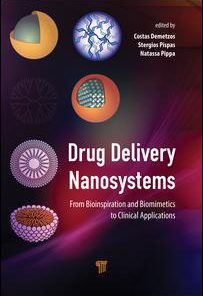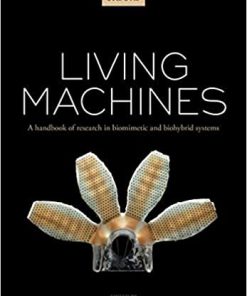Industrial Biomimetics 1st Edition by Akihiro Miyauchi 0429602757 9780429602757
$50.00 Original price was: $50.00.$25.00Current price is: $25.00.
Industrial Biomimetics 1st Edition by Akihiro Miyauchi – Ebook PDF Instant Download/DeliveryISBN: 0429602757, 9780429602757
Full download Industrial Biomimetics 1st Edition after payment.
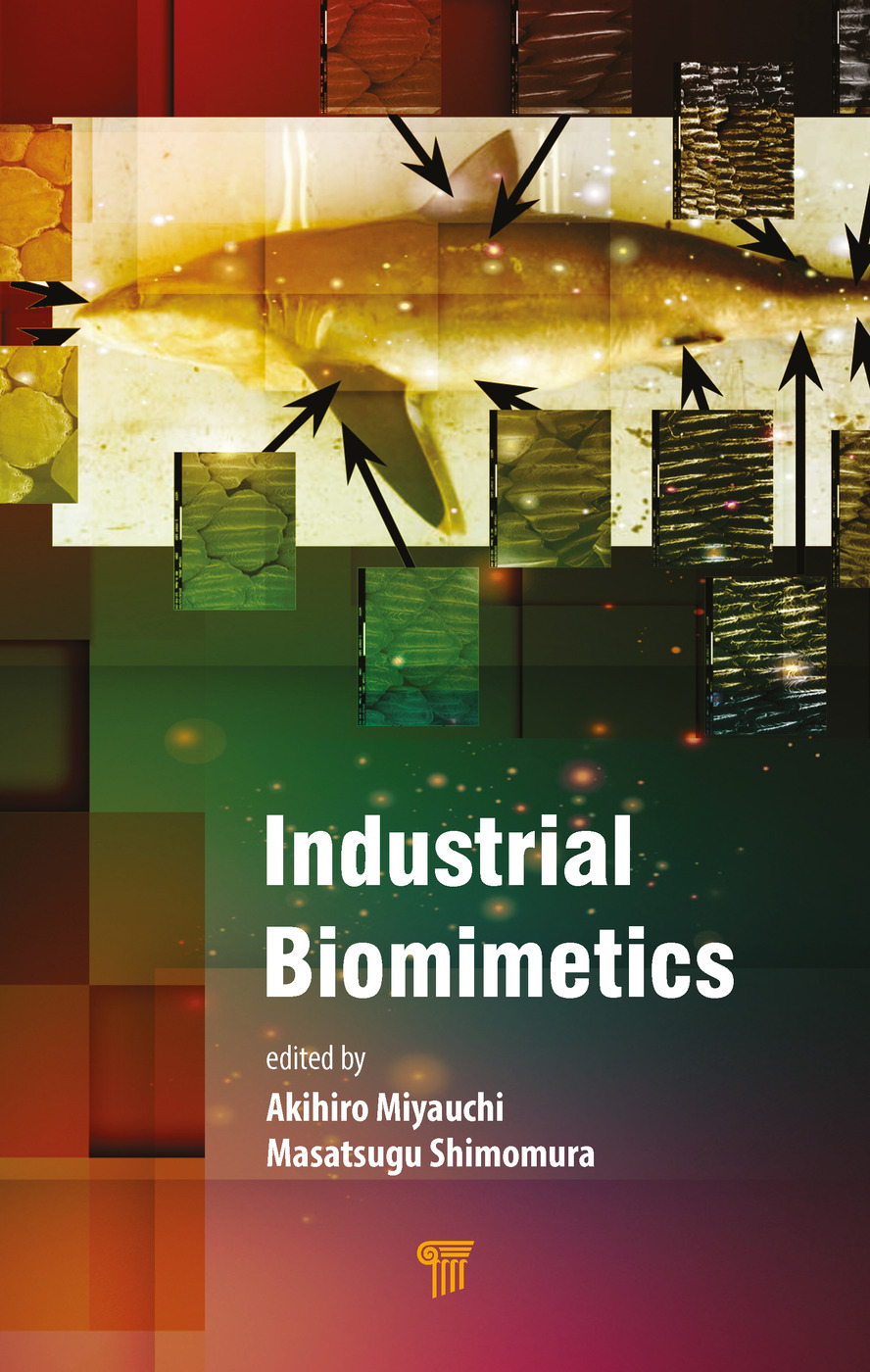
Product details:
ISBN-10 : 0429602757
ISBN-13 : 9780429602757
Author: Akihiro Miyauchi
Biomimetics is an innovative paradigm shift based on biodiversity for sustainability. Biodiversity is not only the result of evolutionary adaption but also the optimized solution of an epic combinatorial chemistry for sustainability, because the diversity has been acquired by biological processes and technology, including production processes, operating principles, and control systems, all of which differ from human technology. In the recent decades, biomimetics has gained a great deal of industrial interest because of its unique solutions for engineering problems. In this book, researchers have contributed cutting-edge results from the viewpoint of two types of industrial applications of biomimetics. The first type starts with engineering tasks to solve an engineering problem using biomimetics, while the other starts with the knowledge of biology and its application to engineering fields. This book discusses both approaches. Edited by Profs. Masatsugu Shimomura and Akihiro Miyauchi, two prominent nanotechnology researchers, this book will appeal to advanced undergraduate- and graduate-level students of biology, chemistry, physics, and engineering and to researchers working in the areas of mechanics, optical devices, glue materials, sensor devices, and SEM observation of living matter.
Industrial Biomimetics 1st Table of contents:
1. 3D Modeling of Shark Skin and Prototype Diffuser for Fluid Control
1.1 Analysis of Shark Skin
1.2 Biomimetic Design of Shark Skin
1.3 Evaluation of Biomimetic Design
1.4 Summary
2. Friction Control Surfaces in Nature: Analysis of Firebrat Scales
2.1 Nature Friction Control Surface
2.2 Firebrat Scale Surface Observations
2.3 Friction Property of Firebrat Scales
2.4 Summary
3. Biomechanics and Biomimetics in Flying and Swimming
3.1 Introduction
3.2 Unsteady Biomechanical Mechanisms in Flapping Flight
3.2.1 Leading-Edge Vortices of Flapping and Revolving Wings
3.2.2 Passive Mechanisms in Flexible Wings and Hinges
3.2.3 Dynamics of Animal Flight in Turbulence
3.2.4 Biomimetics in Bioinspired Flight Systems
3.2.4.1 Overview on flapping micro–air vehicles
3.3 Unsteady Biomechanical Mechanisms in Swimming
3.3.1 Unsteady Hydrodynamics in Cyclic Swimming
3.3.1.1 Flapping-fin hydrodynamics
3.3.1.2 Undulatory swimming
3.3.1.3 Interaction between body and fins
3.3.2 Hydrodynamics in C-Start and Maneuvering
3.3.3 Swimming Hydrodynamics in Unsteady Environments
3.3.3.1 Swimming in turbulence
3.3.3.2 Collective swimming
3.3.4 Biomimetics in Bioinspired Swimming Systems
3.3.4.1 Fish robots
3.3.4.2 Control
3.3.4.3 Development for actuators
3.4 Conclusion and Perspectives
4. Shape-Tunable Wrinkles Can Switch Frictional Properties
4.1 Introduction
4.1.1 Friction at Soft Structured Interfaces
4.1.2 Shape-Tunable Wrinkles
4.2 Friction on Wrinkled Surfaces
4.2.1 Friction Force Measurements
4.2.2 Preparation of Polyimide Wrinkles
4.2.3 Friction with a Small Indenter on Polyimide Wrinkles
4.2.4 Friction with a Large Indenter on Polyimide Wrinkles
4.2.5 Preparation of Porous-Film-Embedded Wrinkles
4.2.6 Friction with a Large Indenter on Porous-Film-Embedded Wrinkles
4.2.7 Preparation of Textile-Sheet-Embedded Wrinkles
4.2.8 Friction with a Large Indenter on Textile-Sheet-Embedded Wrinkles
4.3 Summary
5. Self-Lubricating Gels: SLUGs
5.1 Introduction
5.2 Sample Preparation
5.3 Applications of SLUGs
5.3.1 Liquid Repellency
5.3.2 Spontaneous Formation/Regeneration of Superhydrophobicity
5.3.3 Anti-icing/Snow Properties
5.4 Summary
6. Bioinspired Materials for Thermal Management Applications
6.1 Introduction
6.2 Saharan Silver Ants
6.3 Morpho Butterfly
6.4 Diatom Frustule
6.5 Summary
7. Strange Wing Folding in a Rove Beetle
7.1 Introduction
7.2 Wing Folding in Beetles
7.2.1 Crease Patterns
7.2.2 Mechanisms
7.2.2.1 Wing elasticity
7.2.2.2 Muscle
7.2.2.3 Other body parts
7.3 Wing Folding in a Rove Beetle
7.3.1 What Is a Rove Beetle?
7.3.2 Wing-Folding Process in Rove Beetles
7.3.3 From Right or Left?
7.4 Conclusion
8. Biotemplating Process for Electromagnetic Materials
8.1 Introduction
8.2 Electromagnetic Materials Utilizing Biomaterials
8.3 Application of the Biotemplate Process for the Fabrication of Electromagnetic Microcoils
8.3.1 Electromagnetic Induction Properties of a Microcoil
8.3.2 Electromagnetic Properties of Lotus-Based Metallic Microcoils
8.4 Structure Control of a Metallic Microcoil via the Biotemplating Process and the Electromagnetic Characteristics
8.4.1 Tissue Fixation of the Spiral Biotemplate
8.4.2 Biotemplate Process Using the Fixed Spirulina
8.4.3 Electromagnetic Property of a Spirulina -Templated Microcoil
8.5 Conclusion
9. Application of Structural Color
9.1 Structural Color
9.2 Structure of the Morpho Butterfly Wing
9.4 Development of the Structural Color Fiber “MORPHOTEX®”
9.5 Development of the Light Interference Film “Multilayer Film”
10. Moth Eye–Type Antireflection Films
10.1 Introduction
10.2 Review of Reflection-Reducing Films
10.3 Moth Eye Surface
10.3.1 Natural Moth Eye Surface
10.3.2 Artificial Moth Eye Surface
10.4 Production Process of the Moth Eye Antireflection Film
10.4.1 Conventional Process
10.4.2 Anodic Porous Alumina
10.4.3 Large Moth Eye Mold
10.4.4 Photonanoimprinting of the Moth Eye Structure
10.4.5 Continuous Photonanoimprinting of the Moth Eye Structure
10.5 Characteristics of the Moth Eye Antireflection Film
10.5.1 Antireflection
10.5.2 Water Repellent
10.6 Conclusion
11. Transparent Superhydrophobic Film Created through Biomimetics of Lotus Leaf and Moth Eye Structures
11.1 Introduction
11.2 Optical Properties of a Transparent Superhydrophobic Film
11.3 Study of Transparent Superhydrophobic Film Using a Moth Eye Nanostructure and Deposition of Fluorine Materials
11.4 Summary
12. Adhesion under Wet Conditions Inspired by Marine Sessile Organisms
12.1 Introduction
12.2 Mussel-Inspired Adhesives
12.3 Tunicate-Inspired Adhesives
12.4 Barnacle-Inspired Adhesives
12.5 Summary
13. Functional Analysis of the Mechanical Design of the Cricket’s Wind Receptor Hair
13.1 Introduction
13.2 Measurement of Mobility of the Hair Due To Air Motion
13.3 Mechanical Model of the Wind Receptor Hair
13.4 Stokes’s Mechanical Impedance of an Oscillating Cylinder in a Viscous Fluid
13.5 Boundary Layer
13.6 Torque Calculation
13.7 The Shape of the Wind Receptor Hair
13.8 Allometric Scaling of Biological Design
13.9 Impedance Matching
13.10 Energy Available to the Sensory Cell
13.11 Conclusions, with Biological Insight into Engineering
14. Echolocation of Bats and Dolphins and Its Application
14.1 Introduction
14.2 Biomimetic Model of a Bat’s Echolocation
14.2.1 Time-Frequency Analysis Mimicking the Auditory Peripheral System
14.2.2 Model for Localization of Objects
14.2.3 Localization of the Static Object
14.2.4 Localization of the Moving Object
14.3 Echo Sounder System Using a Dolphin-Like Sound
14.3.1 Echoes from Fish
14.3.2 Tracking Individual Fish Using the Split-Beam System
14.3.3 Application in a Fish School
14.4 Summary
15. The “NanoSuit®” Preserves Wet/Living Organisms for Observation in High Resolution under a Scanning Electron Microscope
15.1 Introduction
15.2 Finding of the NanoSuit®
15.2.1 High-Vacuum-Tolerant Animals: Polymerization of NanoSuit® Based on Natural Substances
15.2.2 NanoSuit® Formation by Electron Beam and/or Plasma Irradiation
15.2.3 Mimicking ECSs for Other Animals
15.2.4 Transparency of the NanoSuit® for Observations
15.3 The Biomimetic ECS Films Made by Other Chemical Compounds
15.4 Tissues and Cells with NanoSuits®
15.4.1 Tissues
15.4.2 Cells
15.5 Discussion
People also search for Industrial Biomimetics 1st:
biomimetic inventions
biomimetic company
biomimetic structures
biomimetics engineering
biomimetics is the study of animals to
Tags: Industrial, Biomimetics, Akihiro Miyauchi, sustainability, Biodiversity
You may also like…
Business & Economics
Science (General)
Science (General)
Biology and other natural sciences - Plants: Agriculture and Forestry
Relationships & Lifestyle - Health - Diseases & Disorders
Politics & Philosophy - Anthropology
Medicine Technique - Electronics: Robotics


